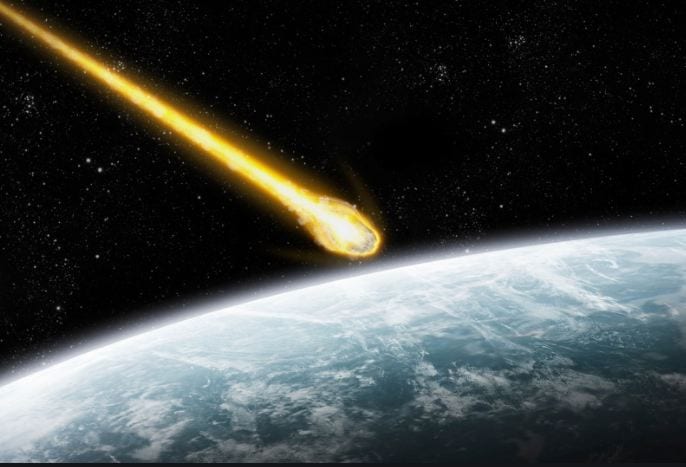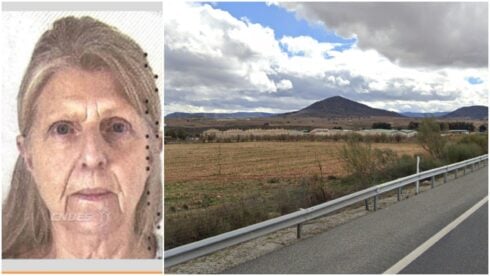A ROCK from an asteroid hit the Earth’s atmosphere early Saturday evening at about 72,000km per hour, creating a large fireball over Granada that could be seen across Andalucia.
The astronomical phenomenon was captured on Saturday by the SMART project detectors at the astronomical observatories of La Hita (Toledo), Calar Alto (Almeria), Sierra Nevada (Granada), La Sagra (Granada) and Seville.
The high-speed collision with the atmosphere caused the rock to become incandescent generating a white-hot meteorite that began at an altitude of about 95 kilometres over the north of the province of Granada.
In a video released by astrophysicist Jose Maria Madiedo of the Andalucian Institute of Astrophysics (IAA-CSIC), researcher responsible for the SMART project, the fireball can be seen crossing the sky over the province of Granada after entering the atmosphere at around 7:30pm.
From there it advances in a south-westerly direction, flying over the city of Granada, heading towards Malaga.
It continues its trajectory for some 63 kilometres before coming to an end at an altitude of about 55 km to the south of the province of Malaga.
According to Madiedo, the burst of bluish-white light was observed by many people in Andalucia.
The detectors of the SMART project operate within the scope of the Meteorological and Earth Observation Network of Southwest Europe (SWEMN), which aims to continuously monitor the sky, in order to record and study the impact on the terrestrial atmosphere of rocks from different objects in the Solar System.
The observation follows a similar sighting by the detectors of SMART last month, where footage showed an impressive fireball soaring across the sky between Morocco and Andalucia at 65,000km per hour.
According to the Madrid Planetarium, the observation of space objects is not an unusual event with some 17,000 meteorites falling to Earth every year.
Click here to read more News from The Olive Press.









